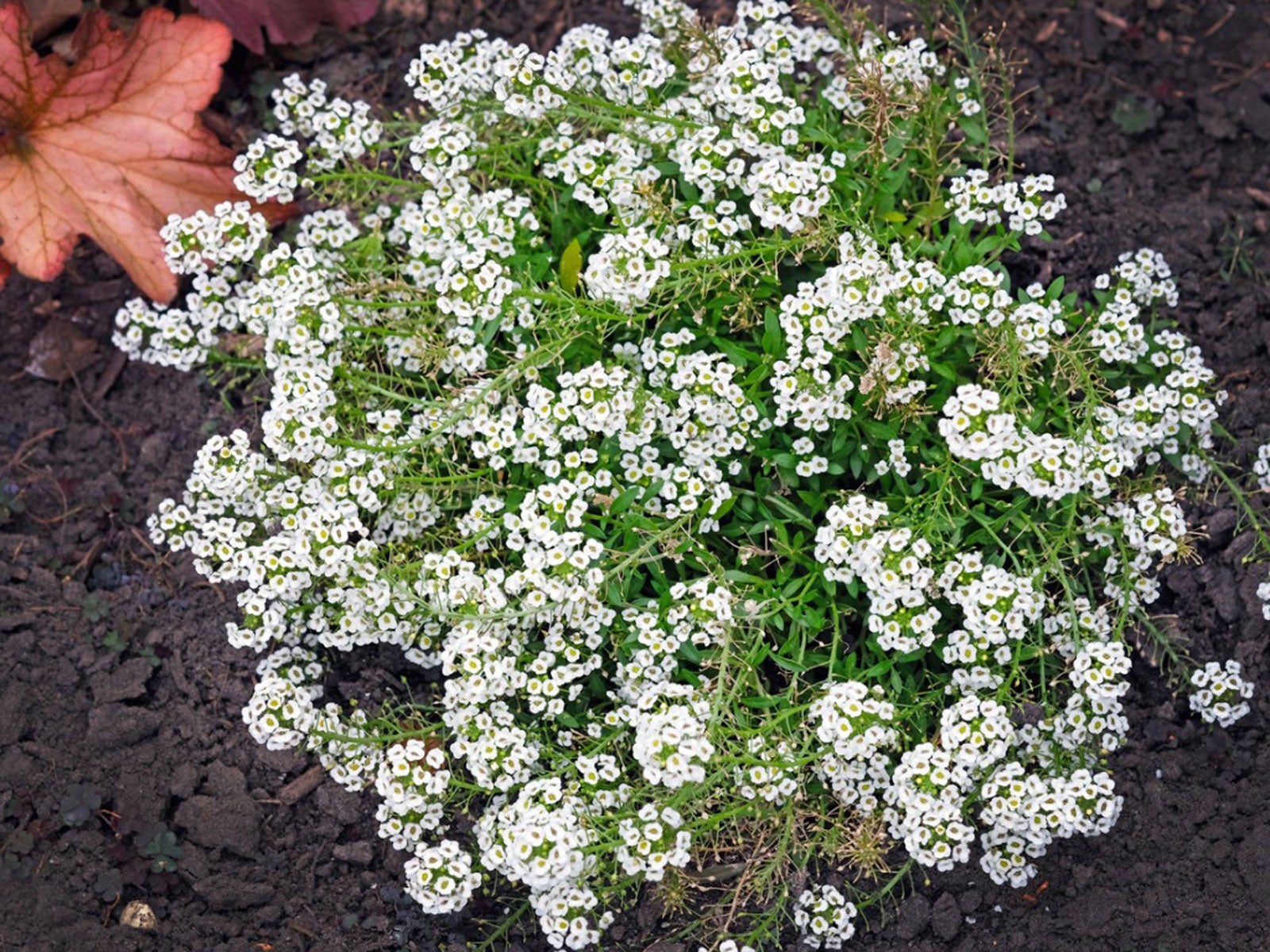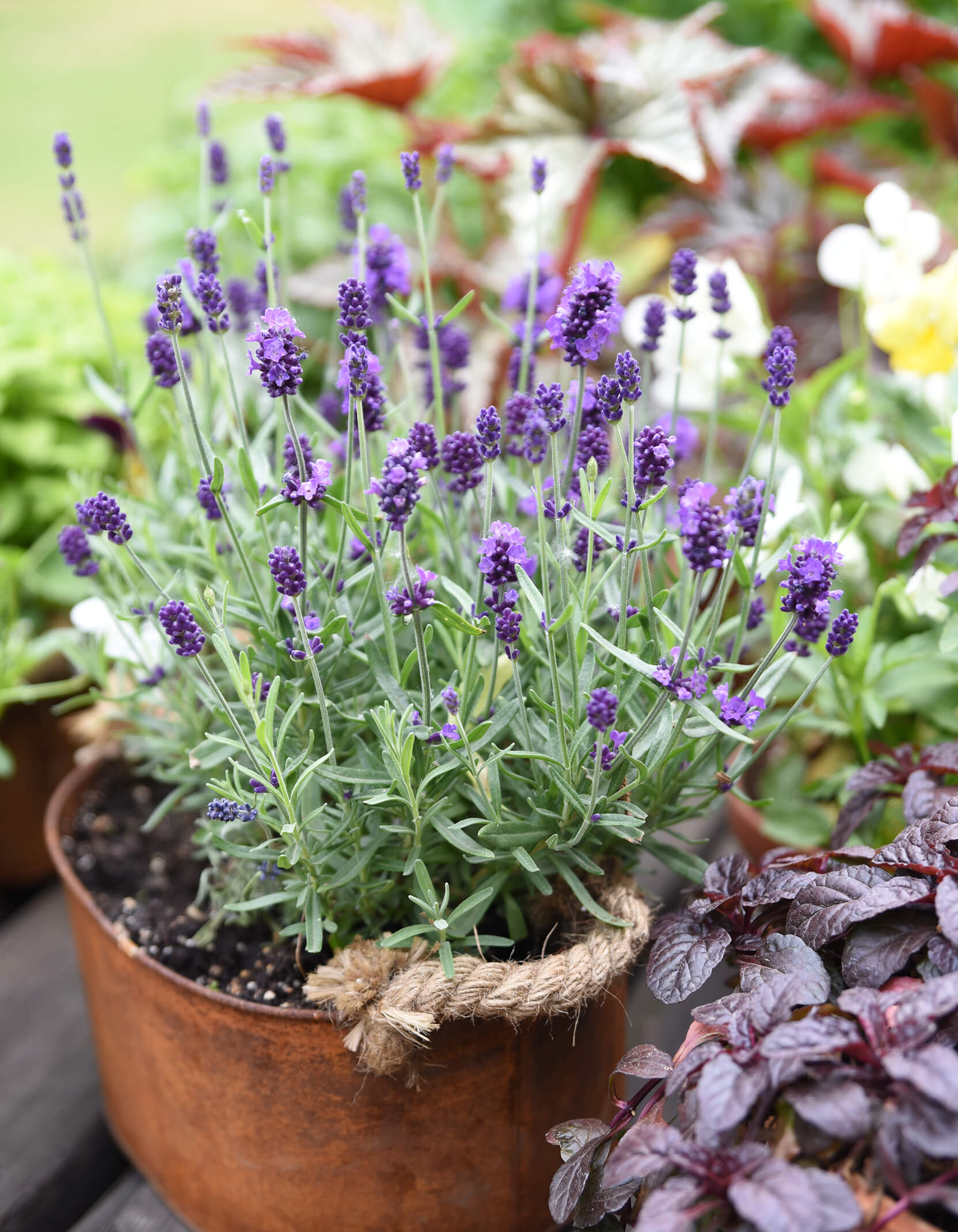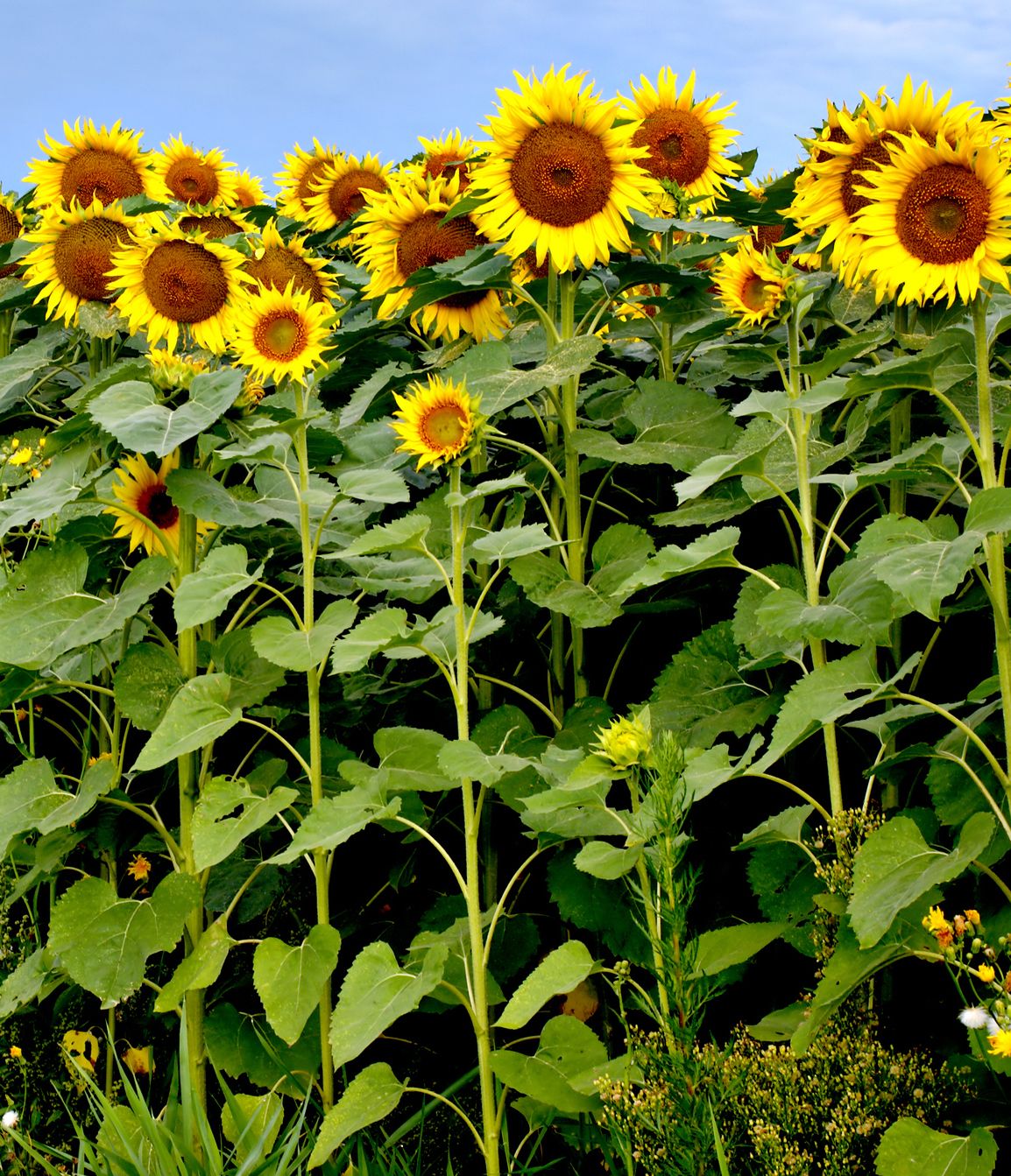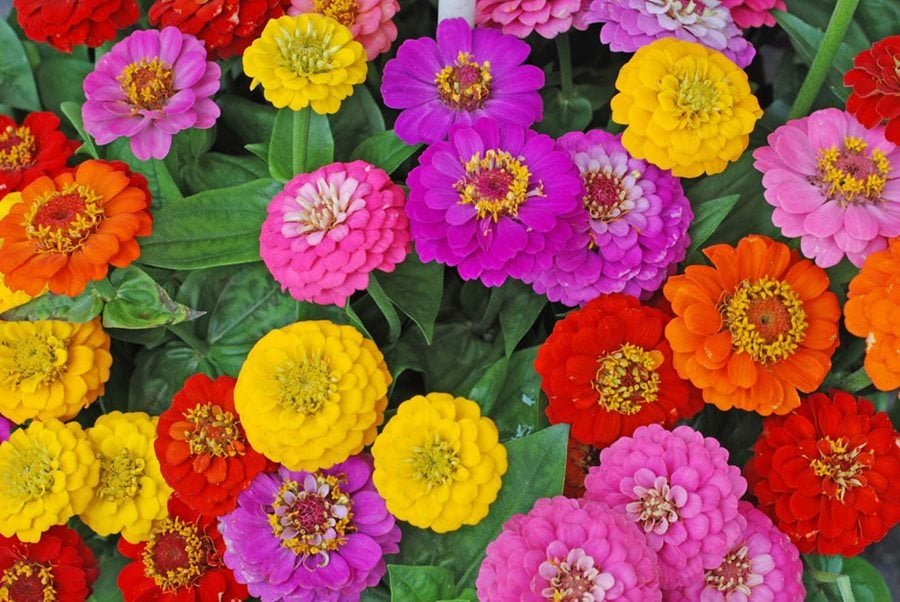Best Companion Plants For Pincushion Flowers
Title: Best Companion Plants for Pincushion Flowers
Introduction:
Pincushion flowers (Scabiosa) are beautiful, low-maintenance perennials that add a touch of elegance to any garden. They come in a variety of colors, including blue, purple, pink, and white, and their pincushion-shaped blooms attract butterflies and other pollinators.
If you're thinking about adding pincushion flowers to your garden, you'll want to choose the right companion plants. Some good options include:
- Alyssum: This low-growing annual is a great choice for edging beds or borders. It blooms all summer long and comes in a variety of colors, including white, pink, and purple.

- Calendula: Also known as marigold, calendula is a hardy annual that blooms in yellow, orange, and red. It's a good choice for attracting pollinators and repelling pests.

- Cosmos: This easy-to-grow annual comes in a variety of colors, including white, pink, yellow, and orange. It's a good choice for sunny borders and attracts butterflies and other pollinators.
- Lavender: This fragrant perennial is a classic choice for cottage gardens. It blooms in purple, blue, and white and attracts butterflies and other pollinators.

- Marigold: Also known as calendula, marigold is a hardy annual that blooms in yellow, orange, and red. It's a good choice for attracting pollinators and repelling pests.

- Nasturtium: This colorful annual is a great choice for hanging baskets and containers. It blooms in orange, yellow, red, and pink and attracts butterflies and other pollinators.

- Petunia: This popular annual comes in a variety of colors, including white, pink, purple, and blue. It's a good choice for sunny borders and attracts butterflies and other pollinators.
- Salvia: This genus of plants includes many colorful annuals and perennials. Some good choices for companion plants for pincushion flowers include Salvia farinacea (mealycup sage), Salvia nemorosa (wood sage), and Salvia officinalis (common sage).
- Sunflower: This tall annual is a great choice for adding height to a garden. It blooms in yellow, orange, and red and attracts butterflies and other pollinators.

- Zinnia: This colorful annual is a good choice for sunny borders and attracts butterflies and other pollinators. It comes in a variety of colors, including red, orange, yellow, pink, and white.

Main Content:
When choosing companion plants for pincushion flowers, it's important to consider the following factors:
- Sunlight: Pincushion flowers need full sun to partial shade. Make sure to choose companion plants that have similar sunlight requirements.
- Water needs: Pincushion flowers are relatively drought-tolerant. However, they will appreciate regular watering during hot, dry weather. Choose companion plants that have similar water needs.
- Soil type: Pincushion flowers prefer well-drained soil. Avoid planting them in soil that is prone to waterlogging. Choose companion plants that also prefer well-drained soil.
- Height: Pincushion flowers can grow up to 3 feet tall. When choosing companion plants, consider their height so that they complement each other. For example, you could plant tall pincushion flowers behind shorter annuals like alyssum or calendula.
- Color: Pincushion flowers come in a variety of colors. When choosing companion plants, consider how the colors will look together. For example, you could plant blue pincushion flowers with yellow marigolds or white cosmos.
Conclusion:
Pincushion flowers are beautiful and easy-to-grow perennials that can add a touch of elegance to any garden. By choosing the right companion plants, you can create a stunning and harmonious landscape.
To learn more about which plants make good companions for pincushion flowers, visit Home Gardening.
FAQ of pincushion flower companion plants
- What are some good companion plants for pincushion flowers?
Pincushion flowers can be paired with a variety of other plants, but some of the best companion plants include:
* Alyssum: This low-growing plant blooms in a variety of colors and adds a touch of sweetness to any garden.
* Salvias: These colorful flowers attract pollinators and add height to a border.
* Sedum: This drought-tolerant plant comes in a variety of colors and textures.
* Low-growing roses: These roses add a touch of elegance to any garden.
* Daylilies: These long-blooming flowers come in a variety of colors and sizes.
* Butterfly weed: This nectar-rich plant attracts butterflies and other pollinators.
* Columbine: This delicate flower adds a touch of whimsy to any garden.
* Pinks: These fragrant flowers come in a variety of colors and bloom for a long period of time.
* Creeping phlox: This low-growing plant blooms in a variety of colors and is perfect for groundcover.
- How do I choose the right companion plants for my pincushion flowers?
When choosing companion plants for your pincushion flowers, there are a few things to keep in mind:
* Plants with similar water and sunlight requirements: Pincushion flowers prefer full sun and well-drained soil. Make sure to choose companion plants that have similar water and sunlight requirements so that they can thrive in the same conditions.
* Plants with different heights: Pincushion flowers can grow up to 3 feet tall. To create a balanced and visually appealing garden, choose companion plants that have different heights. This will help to add interest and depth to your garden.
* Plants with complementary colors: Pincushion flowers come in a variety of colors, including white, pink, blue, purple, and burgundy. When choosing companion plants, consider the colors of your pincushion flowers and choose plants that have complementary colors. This will help to create a visually stunning garden.
- How do I plant pincushion flowers with companion plants?
When planting pincushion flowers with companion plants, there are a few things to keep in mind:
* Space the plants properly: Pincushion flowers need about 12 inches of space between each plant. When planting companion plants, make sure to space them so that they have enough room to grow.
* Plant the plants at the same depth: Pincushion flowers should be planted at the same depth as they were in their pots. When planting companion plants, make sure to plant them at the same depth so that they have the same chance of success.
* Water the plants regularly: Pincushion flowers need regular watering, especially during hot, dry weather. Make sure to water your plants deeply and regularly, especially during the first few weeks after planting.
- How do I care for pincushion flowers and their companion plants?
Once your pincushion flowers and companion plants are planted, there are a few things you can do to care for them:
* Water the plants regularly: Pincushion flowers and their companion plants need regular watering, especially during hot, dry weather. Make sure to water your plants deeply and regularly.
* Fertilize the plants monthly: Pincushion flowers and their companion plants will benefit from monthly fertilization. Use a balanced fertilizer that is high in nitrogen and phosphorus.
* Deadhead the flowers: Pincushion flowers will continue to bloom for a long period of time if you deadhead the spent flowers. To deadhead a flower, simply pinch off the spent blooms just below the flower head.
* Protect the plants from pests and diseases: Pincushion flowers are generally resistant to pests and diseases, but they can be susceptible to powdery mildew. If you notice any signs of powdery mildew, treat the plants with a fungicide.
Image of pincushion flower companion plants
null
Post a Comment for " Best Companion Plants For Pincushion Flowers"